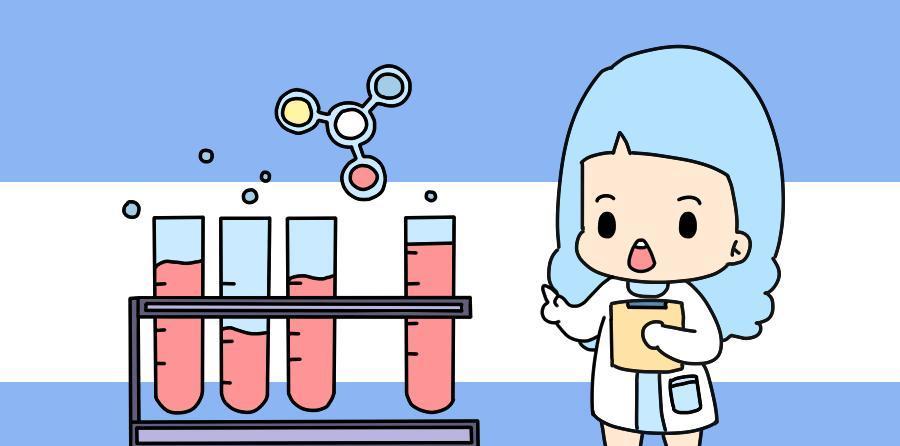Some sisters after completing the physical examination, the doctor will let the patient first inject a shot of downregulation and then promote the drainage, you may wonder what is the downregulation in IVF? What does it do? Why don't some sisters have to fight? Let's take a look.
AA69 Fertility Center said: IVF fertility program is based on the patient's physical condition, so everyone's ovulation stimulation program is not the same, common long program, short program, antagonist program, etc., of which the long program needs to be deregulated first after induction.

So, why do you need to make a downregulation? What does it do?
Normal women generally only have one dominant follicle to develop and discharge every month, the rest of the follicles will be locked and disappeared at different stages, in IVF technology, to obtain a batch of the same (that is, uniform size), high-quality follicles is the first step to the success of IVF, but also a very critical step. The so-called downregulation, is to use exogenous drugs to temporarily suppress the ovarian function, so that the sinus follicles in the ovaries (basic small follicles) in the "same running line" state, when the satisfactory downregulation effect is achieved and then use ovulation induction drugs, the sinus follicles with developmental potential will develop, and eventually become the target follicles of our IVF babies, that is, our "baby seeds".
By reducing regulation, inhibiting or reducing the appearance of spontaneous LH peaks, avoiding spontaneous ovulation, increasing the number of follicles to recruit, synchronizing follicle development, and striving to obtain more synchronized development follicles, thereby improving the success rate of IVF.
Some patients are worried about what adverse reactions will occur after deregulation? How to deal with it?
As estrogen levels decline, so does the level of calcium in the blood, with bouts of fever, sweating, dizziness, and palpitations lasting as much as one or two minutes or 12 to 15 minutes.
Due to increased gonadotropin secretion and autonomic nervous system dysfunction, it can be manifested as menstrual disorders, paroxysmal hot flashes, flushing, sweating, insomnia, dizziness, headache, irritability or depression, paranoia, vaginal dryness, decreased libido and a series of similar perimenopausal manifestations.
Milder symptoms do not need to reverse the addition of estrogen, do not worry too much, just adjust the mentality, appropriately divert attention, the above symptoms will be quickly alleviated and disappeared with the growth of follicles after the initiation of ovulation induction, hormone levels recovered.